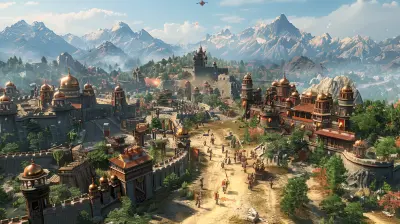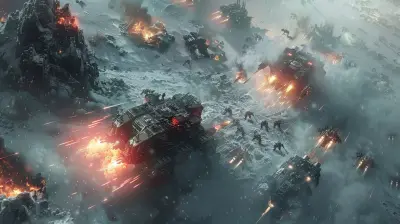How Games Use Momentum in Racing and Sports Physics
3 July 2025
Momentum. It’s not just that thing that keeps you rolling out of bed for your morning coffee (though it can feel like it). In the world of physics—and by extension, gaming—momentum plays a huge role in how things move, behave, and interact. If you’re into racing games or sports simulators, you’ve probably felt its effects without even realizing it. But how exactly do games use momentum to make them feel so... well, real?
Let’s dive into the nitty-gritty of how game developers bring this fundamental concept to life, giving us all those white-knuckle turns, soaring slam dunks, and buttery-smooth drifts. Buckle up—it’s going to be a fun ride!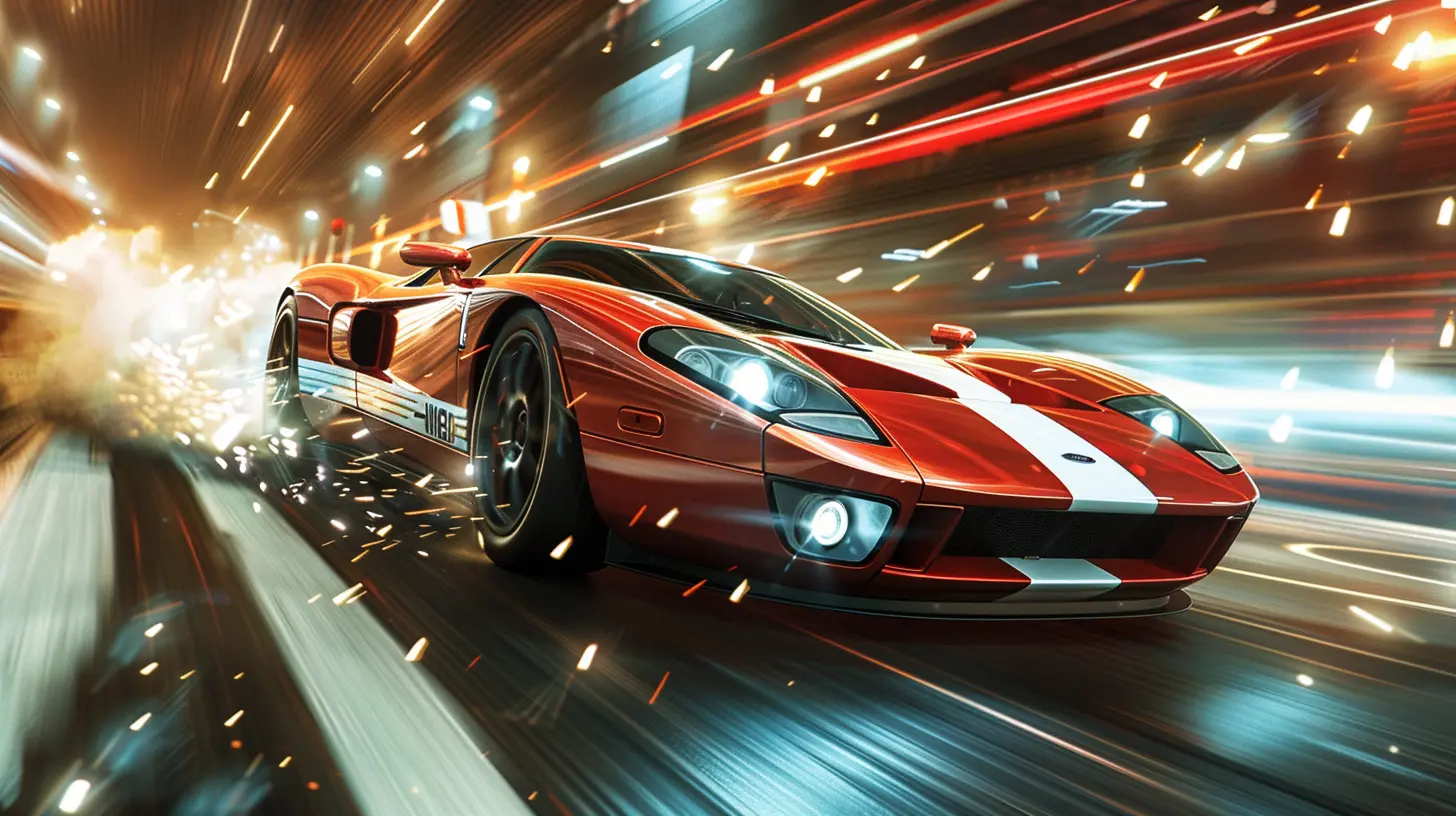
What Is Momentum, and Why Does It Matter in Games?
First things first: what exactly is momentum? Without getting too "physics textbook" about it, momentum is basically the product of an object’s mass and its velocity. It’s what lets a moving car hit like a freight train or a tiny soccer ball fly across a field with surprising force.But why does this matter in games? Well, momentum is what makes movement feel real. If everything in a game stopped on a dime or moved like it was sliding on ice, you’d immediately call it out. Games that involve vehicles, sports, or even character movement use momentum to mimic real-life motion—and they do it well enough that you don’t even question it most of the time.
And let's be honest: without momentum, games like Gran Turismo or FIFA would be about as exciting as watching paint dry.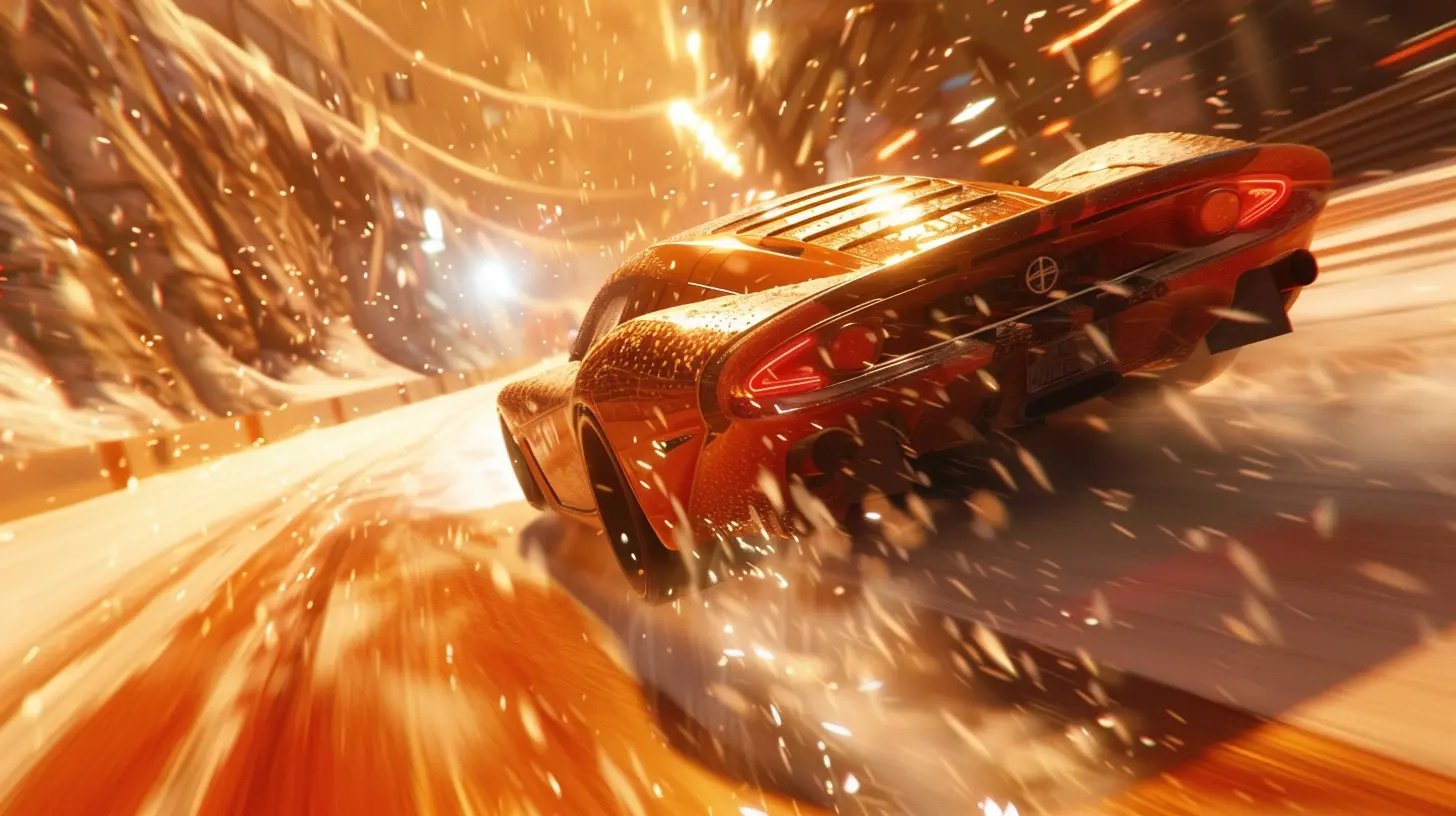
Momentum in Racing Games: The Thrill of the Drift
1. The Relationship Between Speed and Control
Ever noticed how when you’re playing a racing game, you don’t just hold the accelerator and zoom endlessly into the sunset? (Unless you’re playing some sort of sci-fi anti-gravity racer, of course.) That’s because momentum ties directly into how speed affects control. The faster you’re going, the harder it is to take sharp turns or make sudden adjustments—just like in real life.In games like Forza Horizon or Need for Speed, this is especially noticeable during drifts. When you slam the brakes and let your car slide around a bend, you’re actually working with your car’s momentum instead of against it. It’s a delicate dance of keeping enough speed to maintain the drift while not losing total control. And let me tell you, nailing that perfect drift? It feels so satisfying.
2. Weight and Vehicle Types Matter
Momentum in racing games isn’t just about speed—it’s also about weight. Heavier vehicles, like SUVs or trucks, have a ton of momentum because of their mass. That’s why they feel sluggish to stop or turn, but they’re beasts when it comes to plowing through obstacles.On the flip side, lightweight cars are zippier but don’t carry as much momentum, making them easier to maneuver but harder to maintain stability at high speeds. This balance is what keeps players coming back for more because every car feels unique (and let's face it, we all have that one car we swear by in every racing game).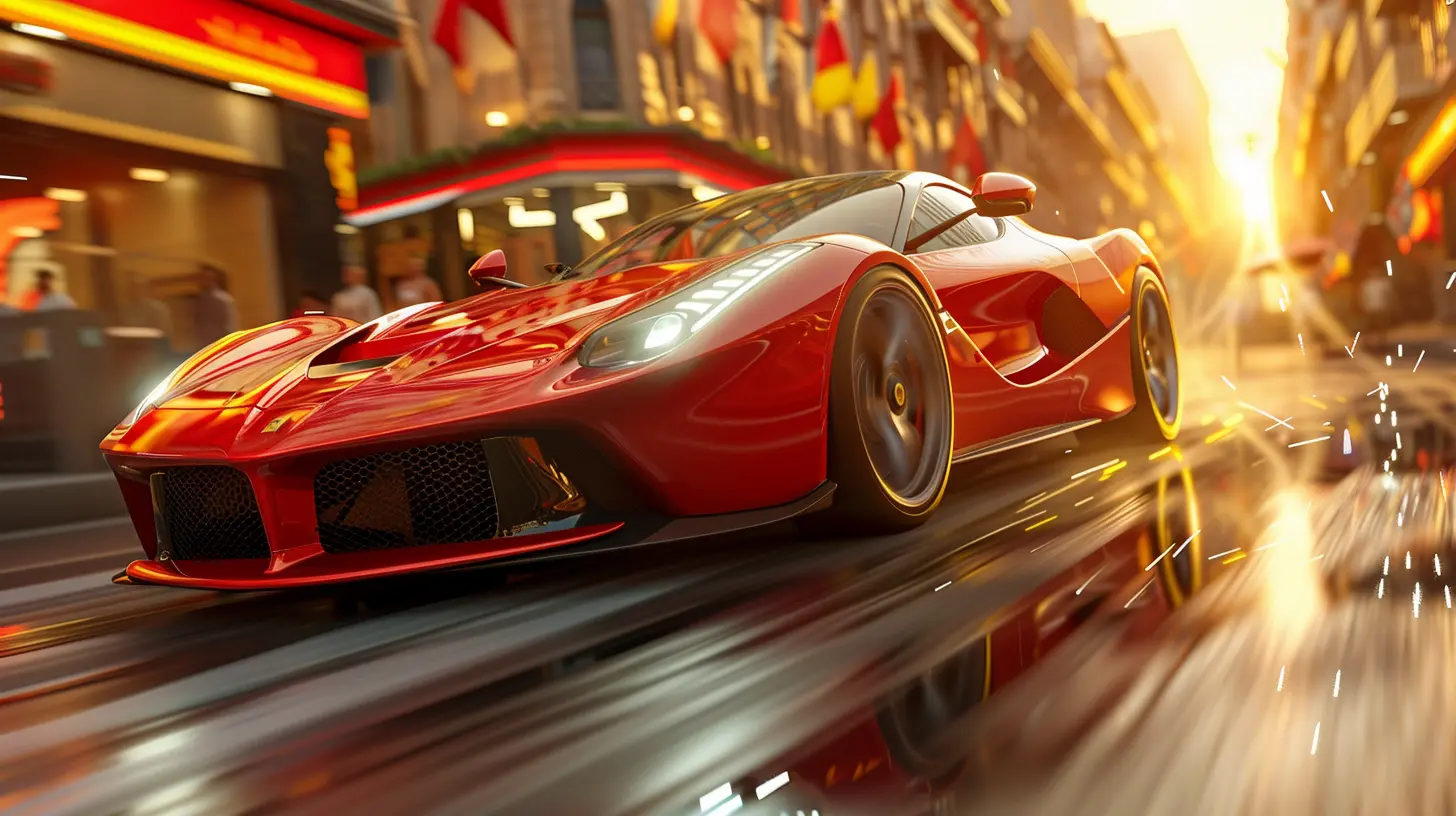
Sports Games and Momentum: Physics on the Field
Now that we’ve tackled (pun intended) racing games, let’s shift gears and talk about sports sims. Games like FIFA, NBA 2K, or Madden NFL use momentum in ways you might not even realize when you’re busy yelling at the screen.1. Player Movement and Momentum Shifts
Think about a soccer or basketball player sprinting down the field. The faster they’re running, the harder it is to stop or change direction. This is classic momentum at work! Sports games replicate this by incorporating inertia—basically, the "resistance" an object has to changes in its motion. So, when you suddenly try to pivot your sprinting player or stop on a dime, you’ll notice a slight delay. It’s not lag—it’s physics.Why does this matter? Because it adds depth. You can’t just zigzag willy-nilly like it’s an arcade game. You have to strategize, anticipate, and plan your moves based on how your player and opponents are moving. It’s these little things that make gameplay feel like an actual sport.
2. Balls, Bounces, and Realistic Interactions
Momentum is also why balls in sports games behave the way they do. Let’s say you’re playing a football (or soccer) game. When you kick the ball, its momentum is influenced by how hard you kick it (velocity) and the ball’s weight (mass). A soft tap sends it rolling lazily, while a full-power strike sends it flying like a rocket.Games like Rocket League crank this up to 11. The physics engine calculates how momentum affects collisions, spins, and ricochets, which is why no two goals ever feel the same. It’s chaotic, sure, but it’s controlled chaos—and that keeps things exciting.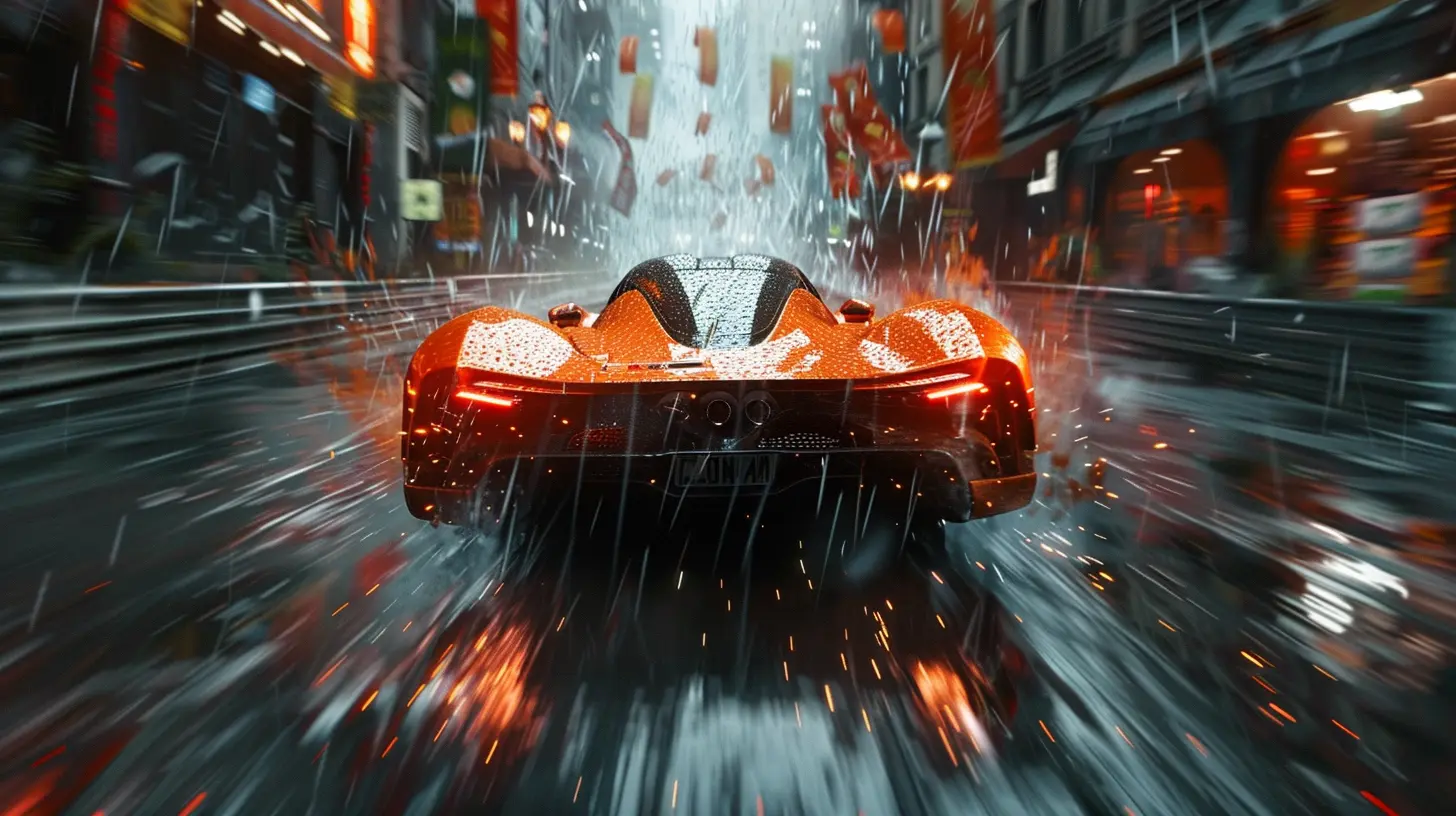
The Role of Friction, Gravity, and Other Forces
Momentum doesn’t work in a vacuum. Other forces, like friction and gravity, come into play to ground it in reality (pun intended again).1. Friction Keeps Things Grounded
In both racing and sports games, friction is what prevents your car or player from sliding endlessly like they’re on an ice rink. The surface you’re interacting with—be it asphalt, grass, or dirt—affects how momentum plays out. Ever tried driving off-road in a racing game? It’s a whole different experience because the reduced friction messes with your momentum in ways that force you to adapt.2. Gravity: The Unseen Champion
Gravity gives weight to momentum. Whether it’s the way a car sticks to the track during a high-speed turn or how a basketball arcs through the air during a shot, gravity’s hand is always at play. Some games, like TrackMania, even toy with gravity, letting you defy it entirely for over-the-top stunts.Why Momentum Makes Games Feel Immersive
At its core, momentum adds realism—and realism adds immersion. Whether you’re overtaking an opponent on the final lap or sinking a buzzer-beater shot, the way momentum is programmed into these actions can make or break the experience.But here’s the kicker: momentum isn’t just about realism. It’s also about fun. Developers tweak and fine-tune how momentum works to make games more exciting. A hyper-realistic driving sim might be fun for purists, but most people want something that balances realism with playability. That’s why games like Mario Kart—which bends the laws of physics in favor of bananas and blue shells—are still beloved by millions.
Conclusion: Next Time, Appreciate the Physics!
So, the next time you’re powering through a hairpin turn or launching a football into your buddy’s endzone, take a moment to appreciate the physics under the hood (literally and figuratively). Momentum is one of those unsung heroes that makes games what they are—thrilling, challenging, and downright addicting.Whether it’s the rush of speed, the weighty realism of movement, or the chaotic beauty of well-tuned physics, momentum is what keeps us coming back for just one more race, match, or go-around. And honestly, isn’t that what gaming is all about?
all images in this post were generated using AI tools
Category:
Game MechanicsAuthor:

Pascal Jennings
Discussion
rate this article
1 comments
Skyler Lopez
Great insights! Understanding momentum in games truly enhances the thrill of racing and sports experiences.
July 15, 2025 at 4:22 AM

Pascal Jennings
Thank you! I'm glad you found the insights valuable—momentum really does play a crucial role in elevating the excitement of racing and sports!

